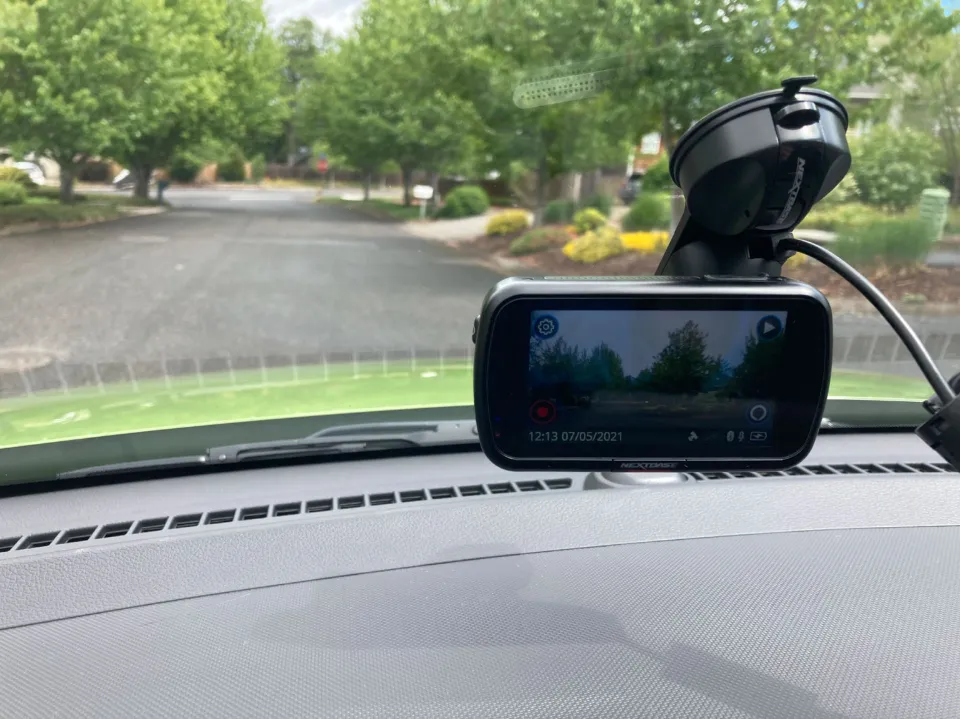To learn all the pertinent information about your battery’s general condition, a car battery voltage range test may be all you need. So, how many volts is a car battery?
Despite having 12-volt labels, car batteries actually hold closer to 15 volts because of the power the alternator supplies.
Keep reading.
How Many Volts is a Car Battery?
The motivation of electrons, or how they move from one location in the circuit to another, is represented by voltage. What voltage does a car battery have? According to their age and condition, batteries can handle a variety of voltages. Car batteries are typically listed as 12 volts, but they actually hold closer to 15 volts because of the power the alternator provides. A battery’s voltage should actually register closer to the higher range if it’s functioning properly, but different numbers may be recorded depending on the circumstances.
When your vehicle is running, your battery should register between 13.7 and 14.7 volts. This is the optimum car battery voltage range. If it displays 12.4 volts, the battery is only working at 75% of its potential. It’ll still get the job done, but the lower number serves as a warning that either the car battery isn’t getting enough power or it has aged and will soon require replacement. After that, battery power drops significantly; a reading of 12.2 volts indicates 50% power and 12 volts only indicates 25% power. Battery discharge is deemed complete when it reaches 11.9 volts.

How to Test Your Car Battery’s Voltage?
The simplest way to determine a battery’s voltage at a specific moment is to use a voltmeter. It is helpful because you can compare the readings with past results to deduce whether the battery is running fine.
Set the voltmeter to its maximum reading and connect the positive and negative cables to the battery’s positive and negative terminals, respectively. Accurate readings are displayed if the device is working properly.
Don’t have a voltmeter to check a car battery’s voltage? Well, you can still check the battery’s condition by kicking the engine off and turning on the headlights. However, it won’t be possible to determine the voltage readings.
- Headlights that are dim indicate the battery is being depleted and the alternator is not producing any current.
- The alternator produces some, but not enough, current, as indicated by brighter lights when the engine is running.
- A healthy battery and alternator are indicated by a similar brightness when the engine is revving.
Using a multimeter is another way to determine a car battery’s voltage. These devices are inexpensive and readily available. Because of this, give the car some time to rest before checking. You are allowed to test your car after leaving it for a night or longer. Rather than just testing it after the engine has run, this is preferable. Otherwise, the outcome might not be as expected.
Start by setting the DCV to 20. After that, connect the positive lead (red) to the battery’s terminal that is positive and the negative lead (black) to the terminal that is negative. As a result, the multimeter’s readout will display the battery voltage. A voltage of roughly 12.4 to 12.6 volts is required. Anything less than this tells you that the battery is not fully charged.
The presence of a negative reading is significant because it simply indicates that the leads are in the wrong order and that you are touching positive to negative and negative to positive. Simply flip them over and touch them to the opposing terminals to complete the process.

What is a Healthy Car Battery Voltage?
Finding out how charged your car battery is by measuring its voltage can be very helpful. When the engine is running, a car battery should be between 13.7 and 14.7V. With the engine off, you should get a reading of 12.6 volts. If the battery is not fully charged, it will drop to 11.9V at 100% discharge, 12.4V at 75% operation, and 12V at 25% operation. You should gain some useful insight into the functioning capacity of your car battery from this information and how it relates to the design of your battery.
Do You Have to Replace Your Battery?
Consequently, let’s say your battery consistently registers less than 12V and that it failed the load test. Should you replace it? You shouldn’t make this choice hastily, especially if your car needs a more expensive battery. You can start by using a charger or a jumper cable to start your car. If that doesn’t work, you could try adding more distilled water to your battery, if your battery has a design that makes it possible to get to the cells, to boost performance. If the voltage range of your car battery doesn’t get better, it might be time to start looking for a new one.

FAQs
Is 11.9 Volts Enough to Start a Car?
The minimum voltage needed to start a car should measure at 11.9V, and after starting, If the starting battery voltage is between 12.8 and 13.2V, you must check it or replace it.
What Voltage is Too Low for Car Battery?
12.0 volts or below – Your battery is deemed to be “flat” or fully discharged at 12.0 volts and needs to be recharged as soon as possible. Your battery’s lifespan will be significantly impacted if it stays within this voltage range for an extended period of time.
What Should a 12v Battery Read When Fully Charged?
A healthy, fully charged battery has a voltage of 12.6V or higher. As a result, nothing more needs to be done and everything is good. Your battery is still in good condition if the voltmeter registers 12.5V. To ensure that its voltage hasn’t decreased any further, it’s best to check on its condition again in a few days.
What Kills a Car Battery?
Electrical devices or lights left running, a defective charging system or alternator, and extreme weather are some common reasons but maybe it’s just time to get a new battery.
What Are the Signs of a Weak Battery?
Signs you have a bad battery
- Start-up issues plague the car.
- The car’s battery doesn’t last very long once it’s started.
- Dim or flickering taillights and headlights.
- Lights on the dashboard and inside are dim.
Summary: How Many Volts is a Car Battery?
Car batteries are usually labeled as 12 volts, but they hold closer to 15 volts thanks to the power they receive from the alternator. In fact, a battery’s voltage should register nearer to the higher range if it’s working properly, but different numbers may be recorded under varying conditions.
If you have any questions, please leave a comment. KV Auto tries to give you the best car industry information. Thank you for reading.





